There two Acts of Indulgence that brought some limited relief to the persecuted Nonconformists between 1662 and 1689. These were
1. 1672 under Charles II
This Royal Declaration of Indulgence was Charles II's attempt to extend religious liberty to Protestant nonconformists and Roman Catholics by suspending the execution of the penal laws that punished recusants from the Church of England. The Declaration was issued March 15, 1672.
It required Nonconformists to register their places of worship and ministers.
The Cavalier Parliament in 1673, however, compelled him to withdraw this declaration and implement, in its place, the first of the Test Acts (1673), which required anyone entering public service in England to deny the Catholic doctrine of transubstantiation and take Anglican communion. The act only lasted 11 months.
2. 1687 under James II
This Declaration of Indulgence or Declaration for Liberty of Conscience was a pair of proclamations made by James II (VII of Scotland), first issued for Scotland on February 12, 1687, then for England on April 4, 1687. It was a first stab at establishing freedom of religion in the British Isles. The Declaration granted broad religious freedom in England by suspending penal laws enforcing conformity to the Church of England and allowing persons to worship in their homes or chapels as they saw fit, and it ended the requirement of affirming religious oaths before gaining employment in government office. By use of the royal suspending power the king lifted the religious penal laws and granted toleration to the various Christian denominations, Catholic and Protestant, within his kingdoms. It was supported by William Penn, widely perceived to be its instigator. It was greatly opposed by Anglicans in England on religious and constitutional grounds. Some Anglicans objected to the fact that the Declaration had no specified limits and thus, at least in theory, licensed the practice of any religion, including Islam, Judaism or paganism. Many also objected to the fact that the king, by issuing the Declaration, had implicitly claimed a power to suspend laws passed by Parliament.
The Scots version had to be re-issued after strong opposition. The English version was welcomed by most non-conformists but as in Scotland the Presbyterians were more reluctant to wholeheartedly accept it. There was concern that the toleration rested only on the King's arbitrary will. The Anglican Church was greatly disturbed by it.
The English Indulgence was reissued on April 27, 1688, leading to open resistance from Anglicans. Few clergy read out the indulgence in Church. The Scottish Declaration was reaffirmed in a second proclamation in May, 1688. Some Scottish Episcopalians refused to recognise the Indulgence. William Sancroft, Archbishop of Canterbury, and six other Bishops presented a petition to the King declaring the Indulgence illegal. James regarded this as rebellion and sedition and promptly had the bishops put in the Tower (where leading Nonconformists visited them!) and tried; however, the bishops were acquitted. Many Presbyterians were sceptical of the king's intentions in proclaiming the Declaration, while other dissenters, including the Quakers and the Baptists, gave thanks to the king for the Indulgence. The Indulgences were voided when James II was deposed in the Glorious Revolution. The Bill of Rights abolished the suspending power.
2. 1687 under James II
This Declaration of Indulgence or Declaration for Liberty of Conscience was a pair of proclamations made by James II (VII of Scotland), first issued for Scotland on February 12, 1687, then for England on April 4, 1687. It was a first stab at establishing freedom of religion in the British Isles. The Declaration granted broad religious freedom in England by suspending penal laws enforcing conformity to the Church of England and allowing persons to worship in their homes or chapels as they saw fit, and it ended the requirement of affirming religious oaths before gaining employment in government office. By use of the royal suspending power the king lifted the religious penal laws and granted toleration to the various Christian denominations, Catholic and Protestant, within his kingdoms. It was supported by William Penn, widely perceived to be its instigator. It was greatly opposed by Anglicans in England on religious and constitutional grounds. Some Anglicans objected to the fact that the Declaration had no specified limits and thus, at least in theory, licensed the practice of any religion, including Islam, Judaism or paganism. Many also objected to the fact that the king, by issuing the Declaration, had implicitly claimed a power to suspend laws passed by Parliament.
The Scots version had to be re-issued after strong opposition. The English version was welcomed by most non-conformists but as in Scotland the Presbyterians were more reluctant to wholeheartedly accept it. There was concern that the toleration rested only on the King's arbitrary will. The Anglican Church was greatly disturbed by it.
The English Indulgence was reissued on April 27, 1688, leading to open resistance from Anglicans. Few clergy read out the indulgence in Church. The Scottish Declaration was reaffirmed in a second proclamation in May, 1688. Some Scottish Episcopalians refused to recognise the Indulgence. William Sancroft, Archbishop of Canterbury, and six other Bishops presented a petition to the King declaring the Indulgence illegal. James regarded this as rebellion and sedition and promptly had the bishops put in the Tower (where leading Nonconformists visited them!) and tried; however, the bishops were acquitted. Many Presbyterians were sceptical of the king's intentions in proclaiming the Declaration, while other dissenters, including the Quakers and the Baptists, gave thanks to the king for the Indulgence. The Indulgences were voided when James II was deposed in the Glorious Revolution. The Bill of Rights abolished the suspending power.

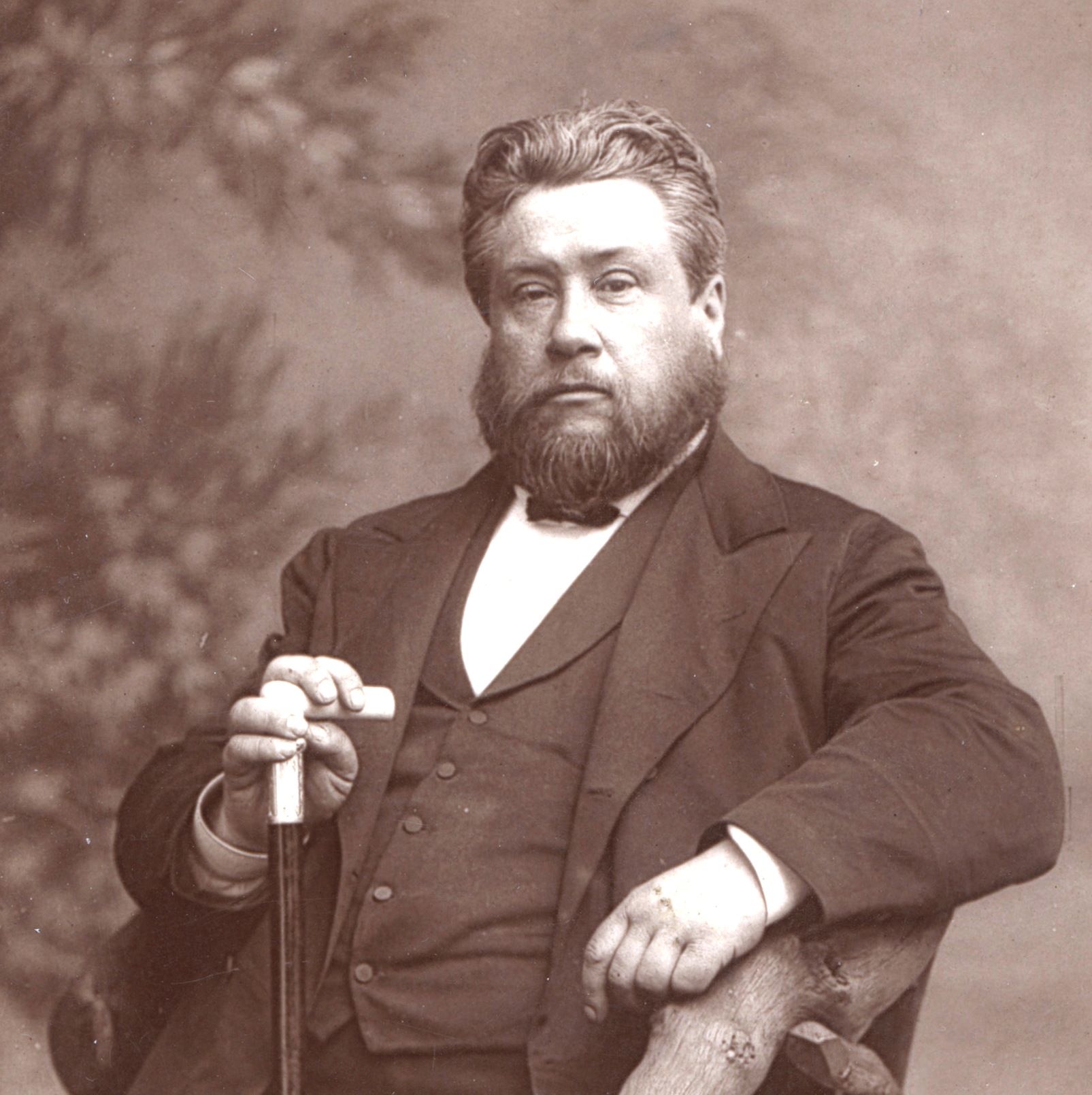
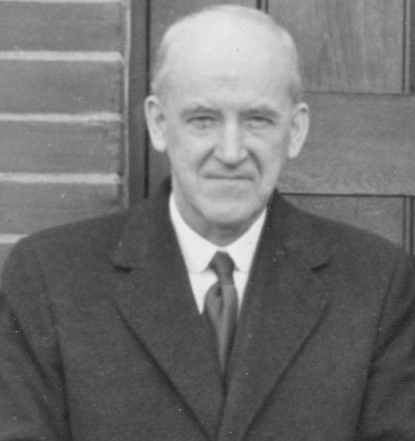
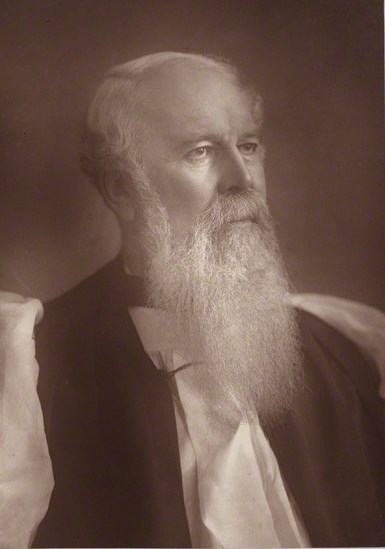










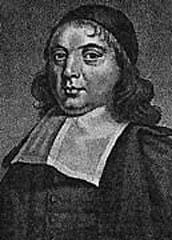

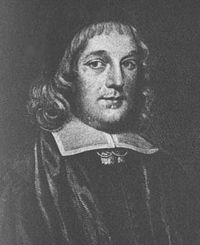

.jpg/220px-Thomas_Watson_(Puritan).jpg)
No comments:
Post a Comment